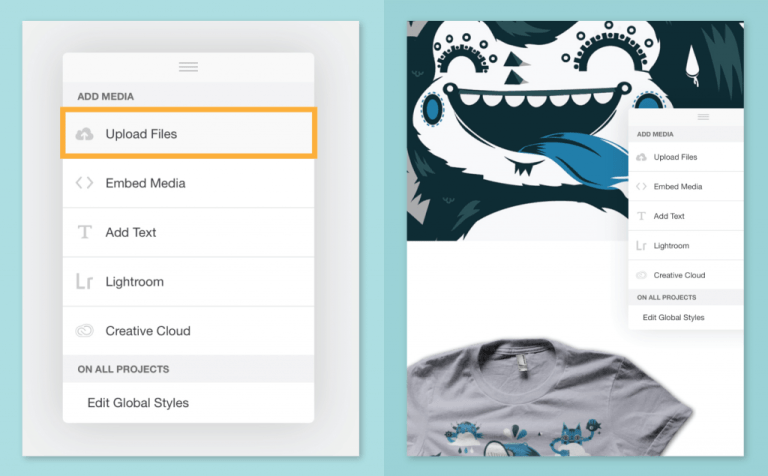
Funny as it may sound, but it is a fact that you need to have clean record of regular repayments to get credit from banks, thanks to the way the rating bureaus work
Your social media posts showing in which Restaurant you had your dinner, which international destinations you holidayed and how much you spent on those vacations may become part of data that banks scrutinize before giving you a loan.
In some of the evolved markets, banks use these data to analyse the credit profile, earning and spending nature of the customer. They also study the mobile bills and online payment data to find out the customer’s credit capacity and intention of repayment. This has not yet come to India, but could probably become a part of the list of things that are going to be scrutinised in the near future.
In India, credit bureaus and their rating mechanism are of great help for banks and financial institutions when they try to assess the credit worthiness of a customer. A person with a high credit score can avail of easy and cheap loan. But less than 25 per cent of the adult population in India is under the purview of these bureaus. That leaves a vast majority of the population out of the rating system. Young salaried class who have not availed of a loan yet and the self-employed for whom getting a loan is an onerous task are two sets of examples.
“Banks and financial institutions have different ways of finding out the credit worthiness. In the developed market they use different sources to gather alternate data about people with thin files. Websites like LinkedIn give enough information about educational qualification, job, earning capacity and job security of a person. Online, mobile, hotel, credit card and travel bills speak about the spending nature of the customer. The match or mismatch between earning and spending can be gauged by different social media sites as well,” said Manavjeet Singh, founder and CEO, Rubique.
As plastic money takes over cash transactions, this will be a reality in India too sooner than later. Customers will not just have to keep their credit history clean, they will also have to see that their social media details and online and card transactions do not reflect any mismatch between earning and spending.
However, at present in India financial institutions try to get as many documents as possible from people who are not rated by credit bureaus. Unfortunately, these documents about the stability of the employer, salary details, sources of other income, and tax return may give a fair view of the paying capacity of the customer but the spending nature still cannot be assessed. Hence they are hesitant to make advances to people with no credit history. In order to create a credit profile one will have to start with that first loan. Availing of secured loans are much easier than unsecured ones. Secured loans like loan against property and gold loan have collateral attached to them. This decreases the risk of the bank or financial institutions while lending.
Also Read: Mudra Loan – Everything You Must Know About
“Possibilities of availing of asset-backed loans like gold loans or loan against property are higher, whereas chances of getting an unsecured personal loan or a big-ticket item like home loan are slim,’ said Suresh Sadagopan, founder, Ladder7 Financial Advisories.
LIC policy documents or NSE bond papers too can be used as collaterals. For the first time borrower the loan-to-value rates may be low or the cost of the credit may be high. Still it is good enough to start a credit profile. Even if one wants to avail of a home loan or personal loan for the first time, there are non-banking financial institutions which can be approached. But the cost of funds would be two to five per cent higher than that of banks as they try to cover the risk in the cost.
The customer also has to analyse his credit capacity before approaching the financier. “A customer more than the financier is the best judge of his own repayment capacity,.While applying for a loan one should apply for a quantum which he/ she believes can be paid back easily on the basis of cash flows. Applying for an amount much higher that what income can support will increase the probability of the application getting rejected,” said Siddharth Mahanot, co-founder and COO of Indifi Technologies. While applying for a loan a customer should do some research around the lending policies of a few financiers and choose one who is more likely to offer credit.
According to Sadagopan, trying with more than one or two banks and financial institutions increases the chances of getting loan at a better rate. However, Mahanot finds that applying to multiple institutions is not a good idea as it gives an impression of being “credit hungry”. One has to be candid while providing personal and financial data. Hiding information and non-submission of documents is not advisable as lenders have ways and means of cross checking every piece of information. Chances of the application getting rejected are also high when the documents are found faulty.
Apply For A New Business Loan Without Security
Once the first loan is availed of, the customer comes under the purview of credit bureaus. He will have to ensure that payments of the loan are made without any delay or default so that a good rating is maintained.
“Once a good credit rating is established, availing of further credit will be easier and cheaper even for a self-employed person,” added Sadagopan.






